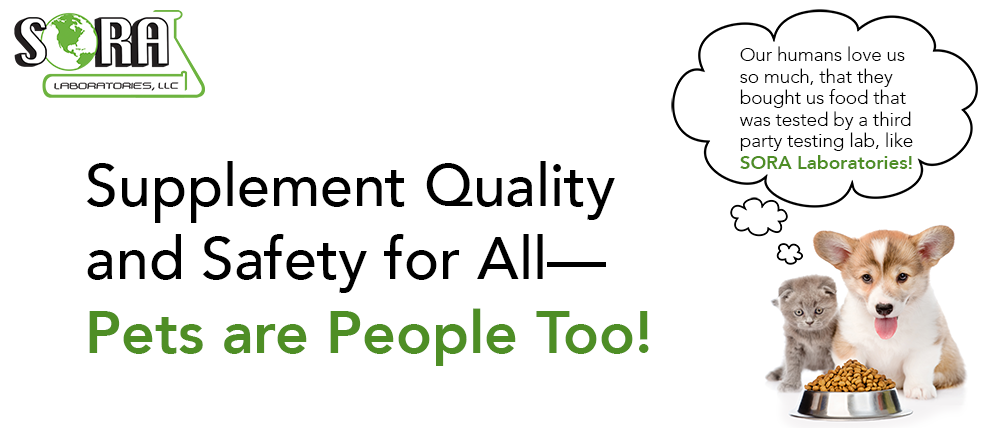Many good questions come our way throughout the year, but there is one very complicated
question that can cause a lot of stress for manufacturers and brand owners— why are my results
different from the supplier CofA? We’re here to help and give insight on testing and choosing the correct method of analysis.
To answer this question, there could be many reasons that the verification results might be different from the supplier’s CofA. First, the material could be sub-potent and verification testing proves it. But, there could be other reasons that cause a mismatch of test results to the supplier’s assay results. It’s important to realize that when following FDA guidelines and GMP practices, testing raw materials to qualify your supplier is required.
Many customers have never worked in a lab or understand method development and lab testing
procedures. Here’s some information to help explain how testing works. A key to obtaining results that match the supplier’s CofA is to use the same testing method as the supplier. When you review your supplier CofA, start by verifying the unit of measure for the active ingredients listed. Once you know the units needed for testing, then determining the test method that the supplier used will give method alignment to the lab. When different units are reported, and different test methods are used, there is a potential for failing results or results that don’t match. Having a good understanding and providing this information to the lab will make for a smooth and speedy verification. These steps will help the lab be organized, while saving time and money for you.
In some cases, you may choose to use a different method than what is listed on the supplier CofA. When going this route, it’s a good idea to test your material using compendial methods. If your supplier is not using a compendial method, and it is available, then asking your supplier to change methods may be an option. SORA Labs will run methods from compendial sources when they are available, which allows the same test method to be used for any similar supplied ingredient.
Customers can then compare different suppliers with the same ingredient using the same method.
This levels the playing field and compares apples to apples.
We encourage customers to do this often. For enzyme activity testing, we use methods from the USP/FCC or other compendia sources as much as possible. Enzymes generally have units of measure from the country of origin listed on the supplier CofA and may not be represented as the USP/FCC method. Running the material using the lab-proficient, compendial method allows the customer to compare the differences in the supplier material and make the best ingredient choices for their product.
Probiotics on the other hand, are little more complicated. Many probiotic suppliers run their own “vendor” methods for their materials. This causes testing labs like SORA to develop a large variety of methods to be able to test many suppliers’ materials. Trade organizations, universities, leading-industry companies and labs are working diligently to have more methods added to the compendia, but unfortunately, it is a slow process. SORA Labs has added a few compendial methods that are for similar genus probiotics to our ISO 17025 scope of accreditation, but we still run many vendor methods as well. Since a probiotic sample takes time to figure out, communication is necessary to find out what strains are included to determine the best method to run on each product. As the probiotic industry gets better method alignment between vendors, determining the correct test method will become easier.
In the meantime, two-way communication between all parties involved, is the key to accurately
testing these specialty ingredients. Let SORA Labs be your testing lab for supplier qualification and product verification. Call us today for a quote!

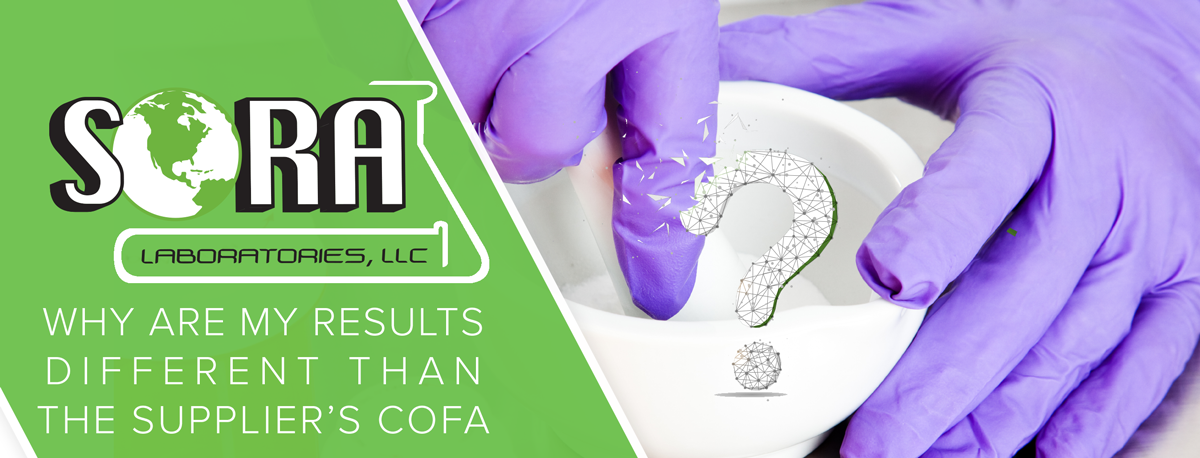
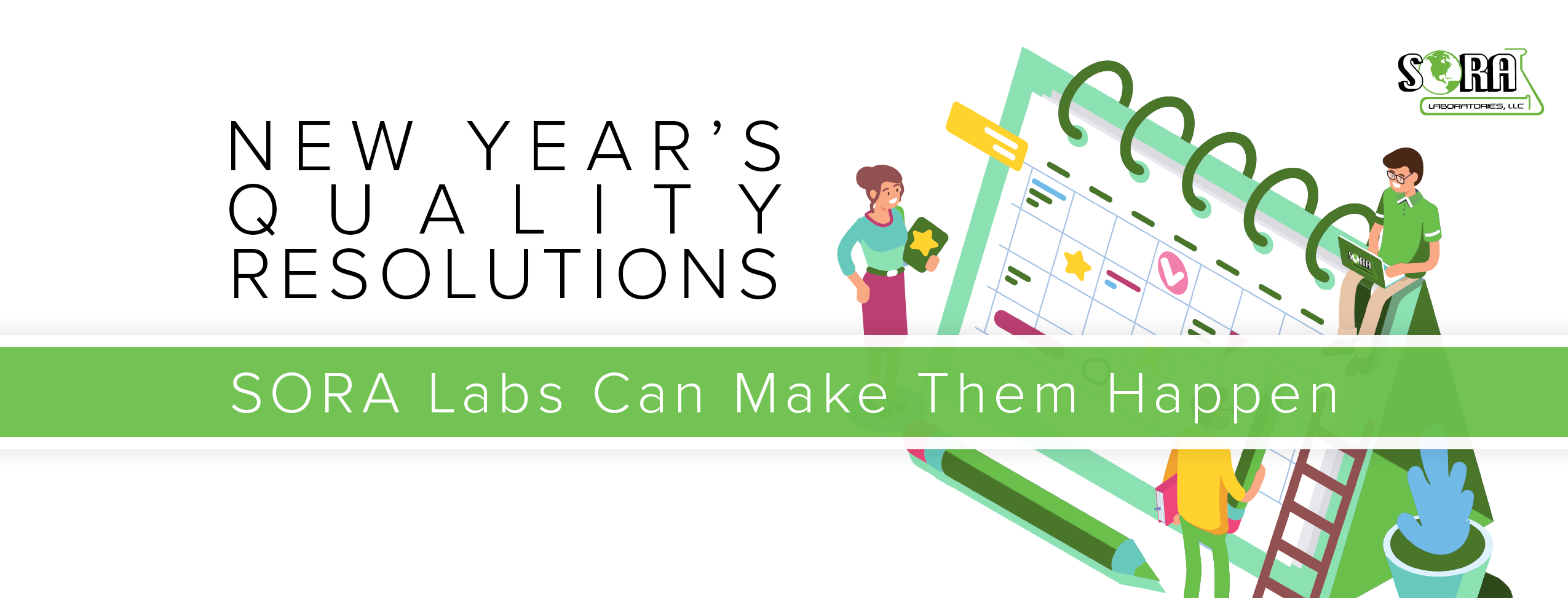
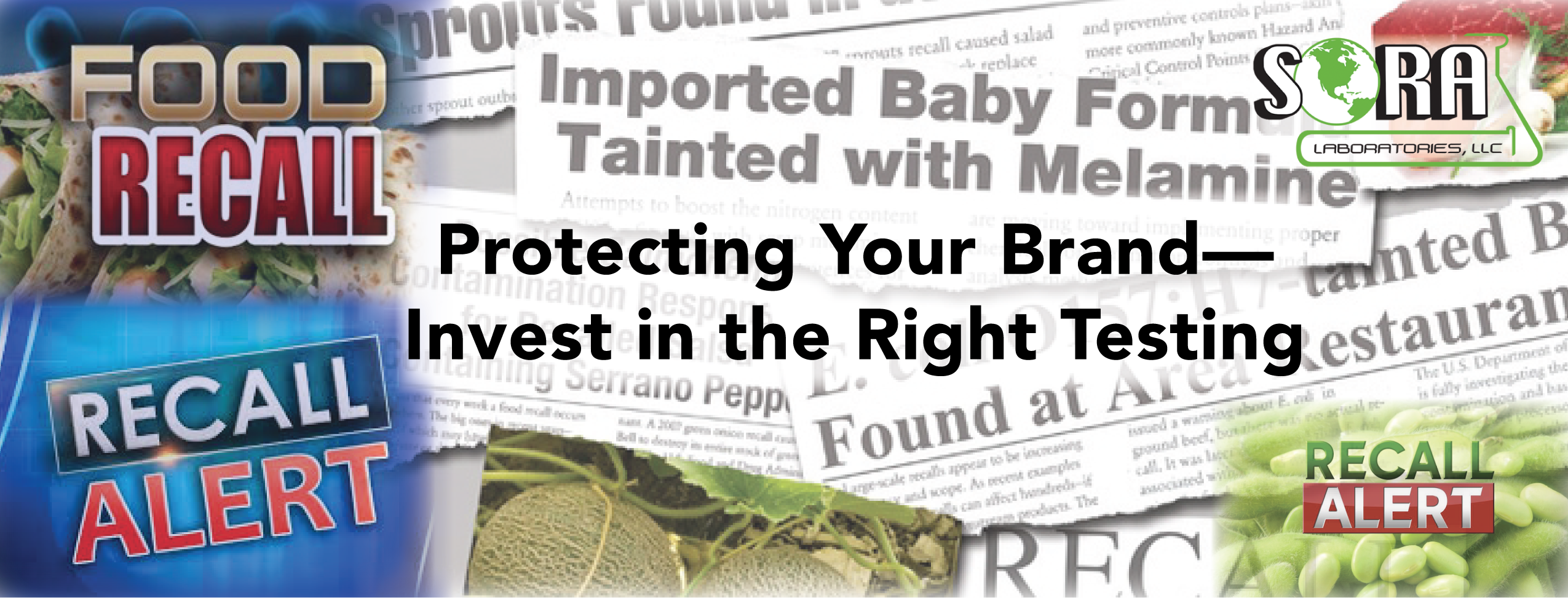

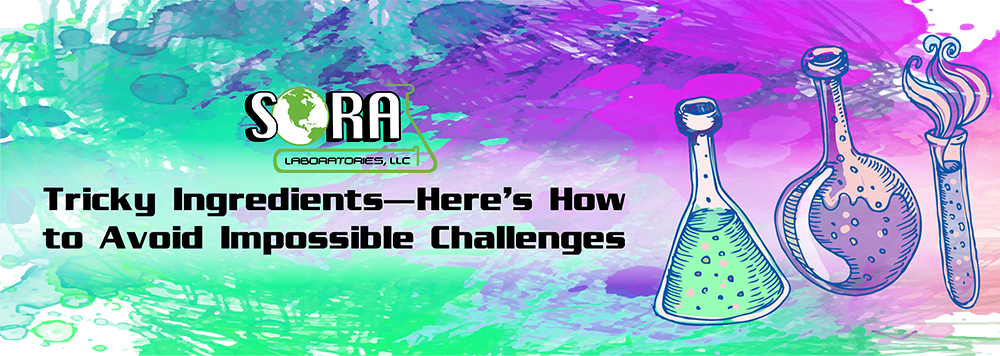
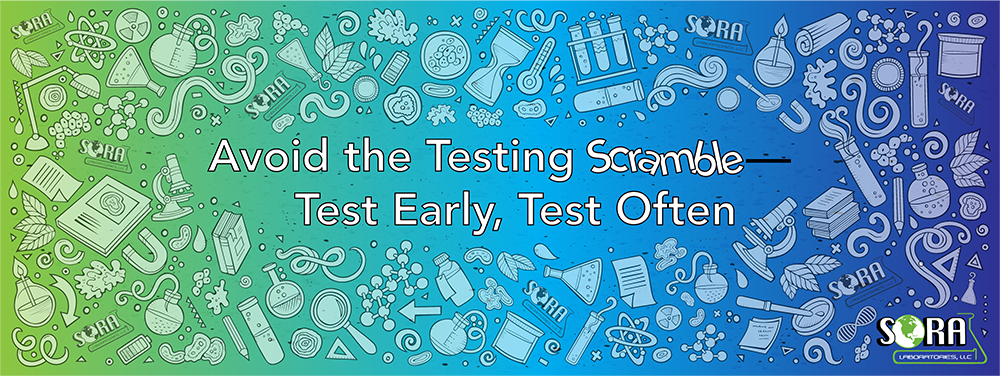

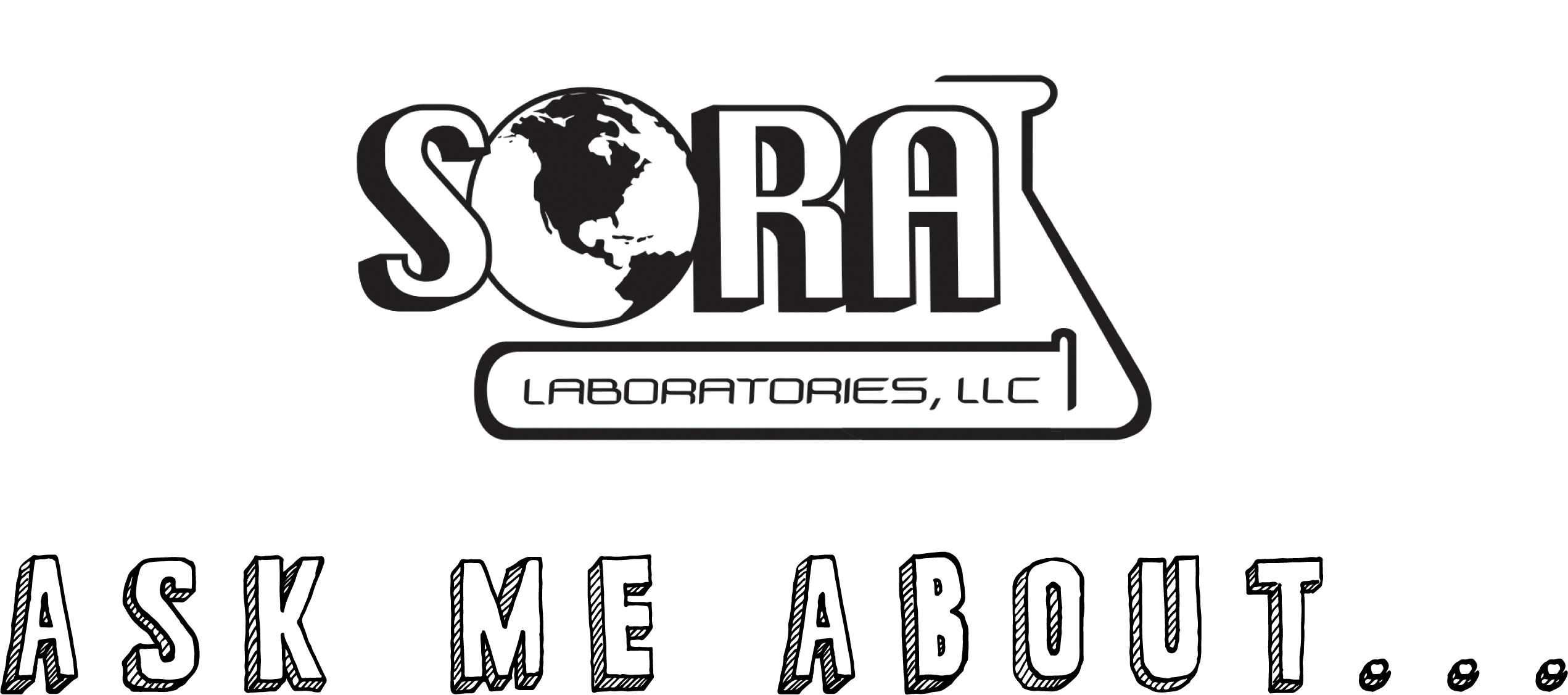

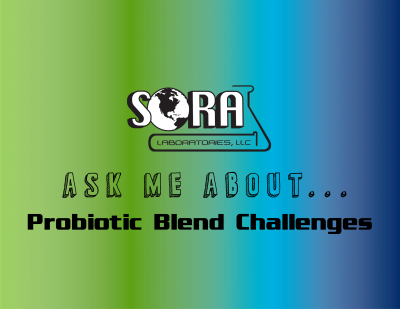
 How can SORA Labs help with matrix interference justifications?
How can SORA Labs help with matrix interference justifications? Why is SORA Labs so passionate about testing?
Why is SORA Labs so passionate about testing?  Why is SORA labs an added benefit to their customers’ QC department?
Why is SORA labs an added benefit to their customers’ QC department?